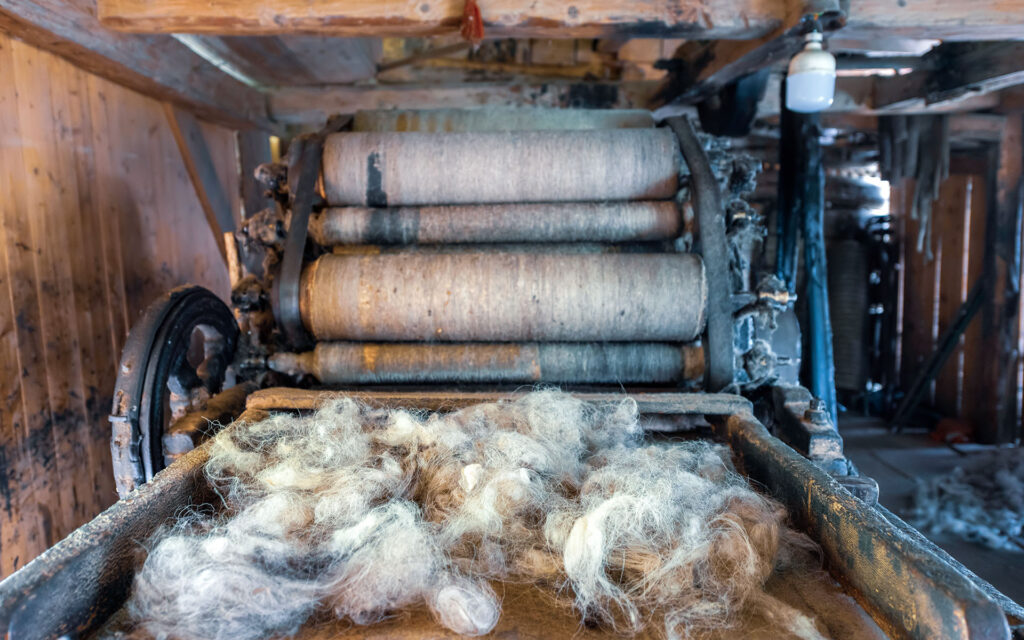What is the first thing that comes to mind if we talk about fast fashion (or fast fashion)? Probably big chains like Zara, Shein, H&M, right? However, maybe we should change the idea we associate with this word.
It is no coincidence that this kind of fashion, which is cheap and can always keep us abreast of trends at affordable prices, is ruining our planet both environmentally and humanely.
As early as the 1970s, this phenomenon began to emerge, aided by the economic boom and social changes: women increasingly became the stars, fashion became eccentric, and also a way to express oneself.

But who pays the consequences?
Most definitely all of us.
Statistical data reveals how this industry is the most polluting globally. Tons of unsold garments are also discarded each year, abandoned on land in the most deserted areas of the planet. Chile in particular is called “the fashion graveyard.”

According to the Global Fashion: Green is the new black report, it takes about 2,700 liters of water to produce a T-shirt, the average amount drunk by a person in nearly 3 years. 7,000, on the other hand, for a pair of jeans.
The European Economic Commission also reported the most obvious problems in the industry, stating that:
- Is responsible for 20 percent of water waste
- Produces 1’% more CO2 emissions
- Emits greenhouse gases
- Uses pesticides that pollute
But those who pay the highest price are the workers, often women and children forced into less than humane situations: hours and hours of work, with no guarantees and extremely low wages.

The Shein and Boohoo cases
These two giants are the most talked about of the last period.
Shein has a huge impact not only at the environmental level but also at the market level, in fact, it is valued at about $100 billion, with exponential growth that began in 2015. However, the scandal lies in the exploitation of the workers, who work 18 hours a day for a salary of about €550 a month (human rights and fashion industry).
Moreover, Boohoo, a British brand founded in 2006, is no different and suffered a heavy stock market crash in 2020.
Both brands produce thousands of garments a day, using materials that are harmful to the environment but more importantly to people themselves. In a November 23, 2022 report, Greenpeace revealed that Shein’s garments contain toxic chemicals, including volatile organic compounds, ethoxylated alkylphenols, formaldehyde, phthalates, PFAS, and heavy metals.
Needless to say, therefore, this issue is becoming increasingly serious.

“It’s cheap anyway,” how many times have we found ourselves saying this phrase to ourselves? At that moment, we should stop and think about the additional harm we would be doing to ourselves and our planet.
We can make a difference, starting with small and simple steps.





